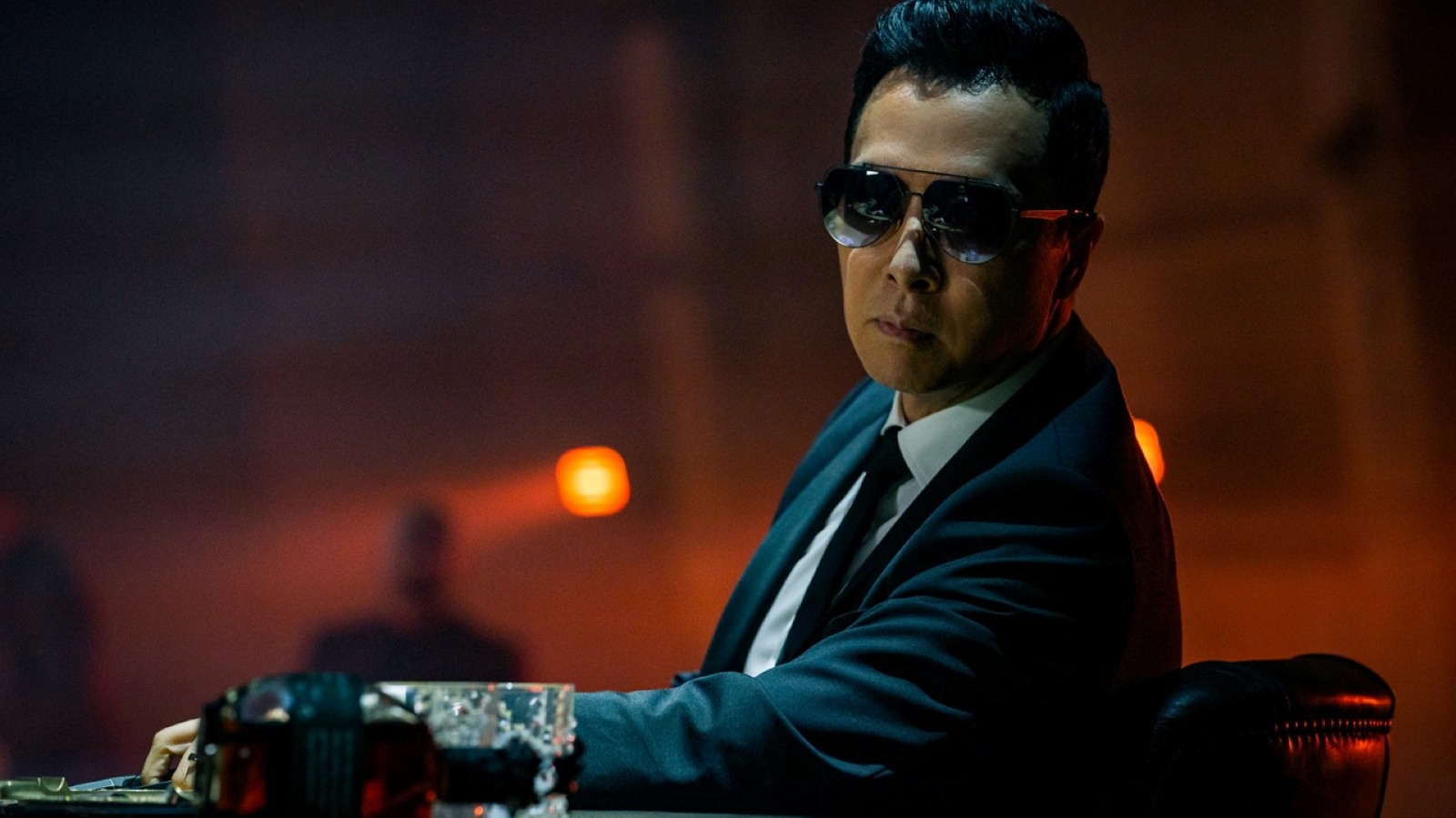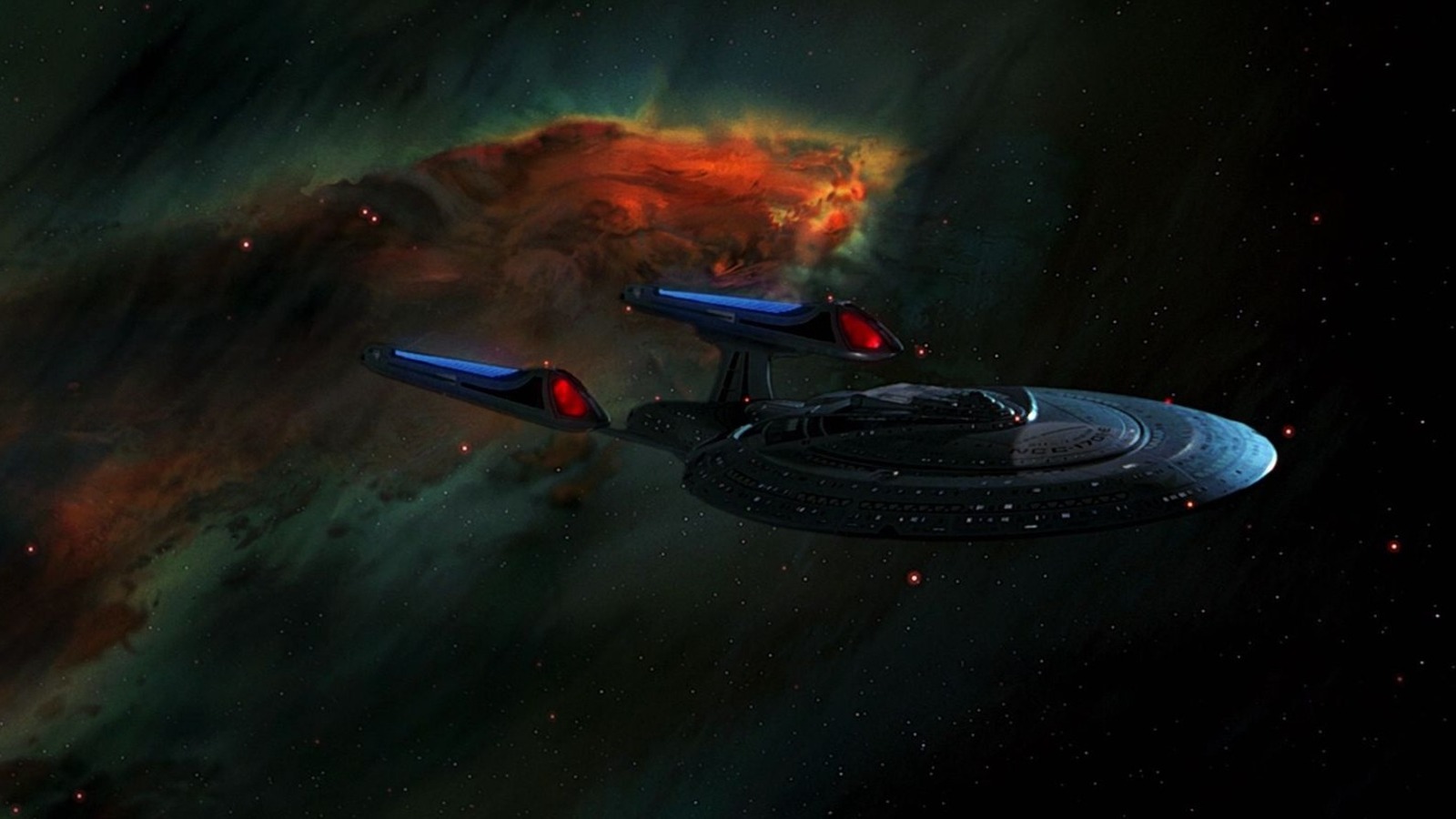
We may receive a commission on purchases made from links.
At the end of the 1994 film “Star Trek: Generations,” the tried-and-true U.S.S. Enterprise-D crash-landed into Veridian III after a run-in with a sneaky Klingon vessel. The ship was damaged beyond repair, and the crew walked away, completely unsentimental about the ship’s destruction. They were merely happy to be alive. In the 1996 follow-up film, “Star Trek: First Contact,” the same crew was gathered on board the all-new U.S.S. Enterprise-E, a Sovereign-class vessel that was a bit smaller, but faster and much better armed. The crew stayed on board the Enterprise-E through the events of 2002’s “Star Trek: Nemesis,” the fourth and final film to star the “Star Trek: The Next Generation” characters.
The Enterprise-E was also severely damaged at the end of “Star Trek: Nemesis,” although it seemed that this time, it could be repaired. After the events of “Nemesis,” the ship merely continued its mission with Captain Picard (Patrick Stewart) in command. It would have to continue sans Riker and Troi (Jonathan Frakes and Marina Sirtis), however, who married and moved to the U.S.S. Titan. Also, Worf (Michael Dorn) became an ambassador, and Data (Brent Spiner) died.
The Enterprise-E wouldn’t be mentioned in any (canonical) “Star Trek” sources until an episode of “Star Trek: Picard” 21 years later. In the episode “Võx” (April 13, 2023), it would be revealed that Geordi had, as a side hustle, been gathering old pieces of the Enterprise-D and reassembling it in his space garage. Geordi (LeVar Burton) suggests they use the D for a mission, as the E has become unusable for some unstated reason. Everyone looks to Worf, who quickly contributes, “That was not my fault.”
That, amusingly, is the only information viewers get as to the fate of the Enterprise-E. We know that Worf had something to do with its destruction or disappearance. But what actually happened to the Enterprise-E? We may have a few clues we can follow from an episode of “Star Trek: Prodigy,” and a confirmation by one of that show’s writers.
What happened to the Enterprise-E?
The antagonist of the first season of “Star Trek: Prodigy” was a sinister, Palpatine-like slave-owner called the Diviner (John Noble) whose scheme was incredibly complicated. His planet was visited by Starfleet, who offered them a peaceful place in the ever-growing galactic community. That offer, however, threw his planet into a violent civil war which killed off most of the population. As revenge, the Diviner went back in time, located an ultra-fast Federation ship called the U.S.S. Protostar, and hid an insidious computer virus on board.
The virus is spread through ship-to-ship communication, and it infects a ship’s weapons systems, forcing them to target other Starfleet vessels. At the end of the first season of “Prodigy,” the show’s protagonists deliver the Protostar back to Federation space, not knowing until almost too late that the Diviner’s virus is on board. Several Federation ships gather around the Protostar, and the virus begins to spread. Starfleet vessels begin attacking each other. Many explosions commence.
In what seemed like a wink to Trekkies, the Enterprise-E was at the battle. This fits into “Star Trek” chronology, as “Nemesis” took place in 2379 and “Prodigy” takes place in about 2384. According to Una McComack’s non-canonical “Star Trek: Picard” tie-in novel “The Last Best Hope,” Picard left the Enterprise-E in 2381 and gave command to Worf, although those events haven’t been confirmed in any on-screen canons.
A fan theory, though (covered in an Inverse article), posits that Worf wasn’t in command of the Enterprise-E, but of a newly rebuilt U.S.S. Defiant, also seen zipping around in “Prodigy’s” harrowing inter-Starfleet conflagration. Worf previously commanded the Defiant on “Deep Space Nine,” so it was logical to assume he’d also command the one in “Prodigy.”
The Defiant is seen firing on the Enterprise-E, causing no small amount of damage. If Worf was in command of the Defiant, and his ship — while under the influence of the Diviner’s virus — destroyed the Enterprise-E on that day, well then, Worf would have every reason to be defensive in “Star Trek: Picard.” It was not his fault.
The fan theory was confirmed by the show’s writers
Of course, as fans of “Deep Space Nine” know, the Defiant was destroyed back in the year 2375, and replaced by a Defiant-class vessel called the U.S.S. São Paulo, but it doesn’t take much imagination to see the new ship being re-christened the Defiant in honor of the old ship. Indeed, in “Star Trek: Picard,” the new Defiant was seen preserved at a starship museum, so it’s reasonable that the Defiant should be around for the events of “Star Trek: Prodigy.”
In a Facebook group called “Star Trek S***posting,” a fan floated the theory that Worf was on board the Defiant and that it blew up the Enterprise-E. One of the writers of “Star Trek: Prodigy,” Aaron J. Waltke, was a member of the group, and he replied (jokingly) that “This is canon.” Inverse reached out to Waltke for further elucidation, and he wrote back with the following comment:
“There are a few things we know are true, in the mystery surrounding the fate of Worf and the Enterprise-E. First, Picard was no longer captain of the Enterprise during the Romulan Evacuation [as described in ‘Star Trek: Picard’]. Second, the Defiant was present at Gamma Serpentis in the battle with the Living Construct [on ‘Prodigy’], where it lost control and destroyed other Starfleet ships. A fleet of Sovereign-class ships were damaged or destroyed there, including the U.S.S. Sovereign and a ship that looks suspiciously like the Enterprise-E.”
Some non-canonical sources have the Enterprise-E continuing on beyond the events of “Prodigy,” most notably in a list of Instagram posts dubbed “The Picard Logs.” Those logs state that the Enterprise-E was on a mission as late as 2386 and that Worf was in command at the time. No further details were offered, other than Worf returned from that mission and the Enterprise-E didn’t.
Those Instagram posts, though, don’t fit as neatly into established Trek canon as much as the “Prodigy” connection.
It’s only a theory, but it’s a good one.
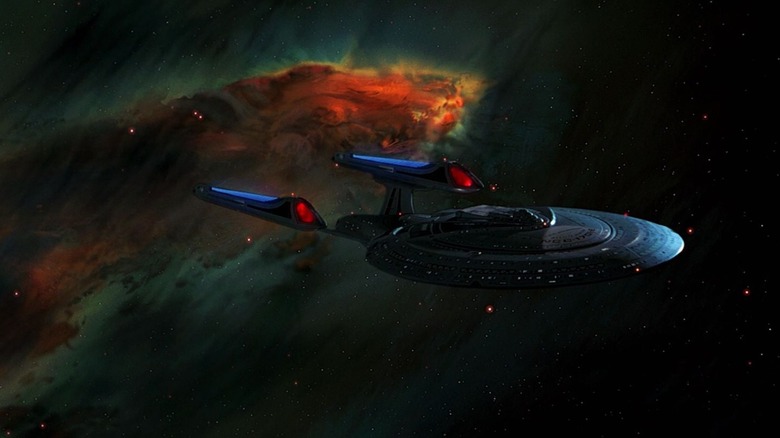
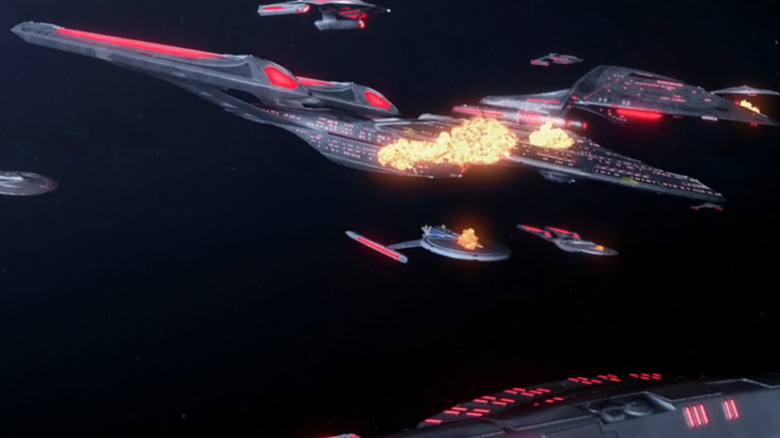
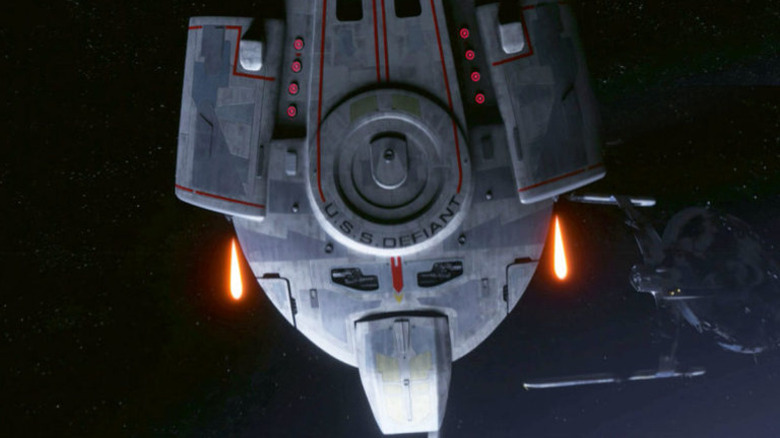


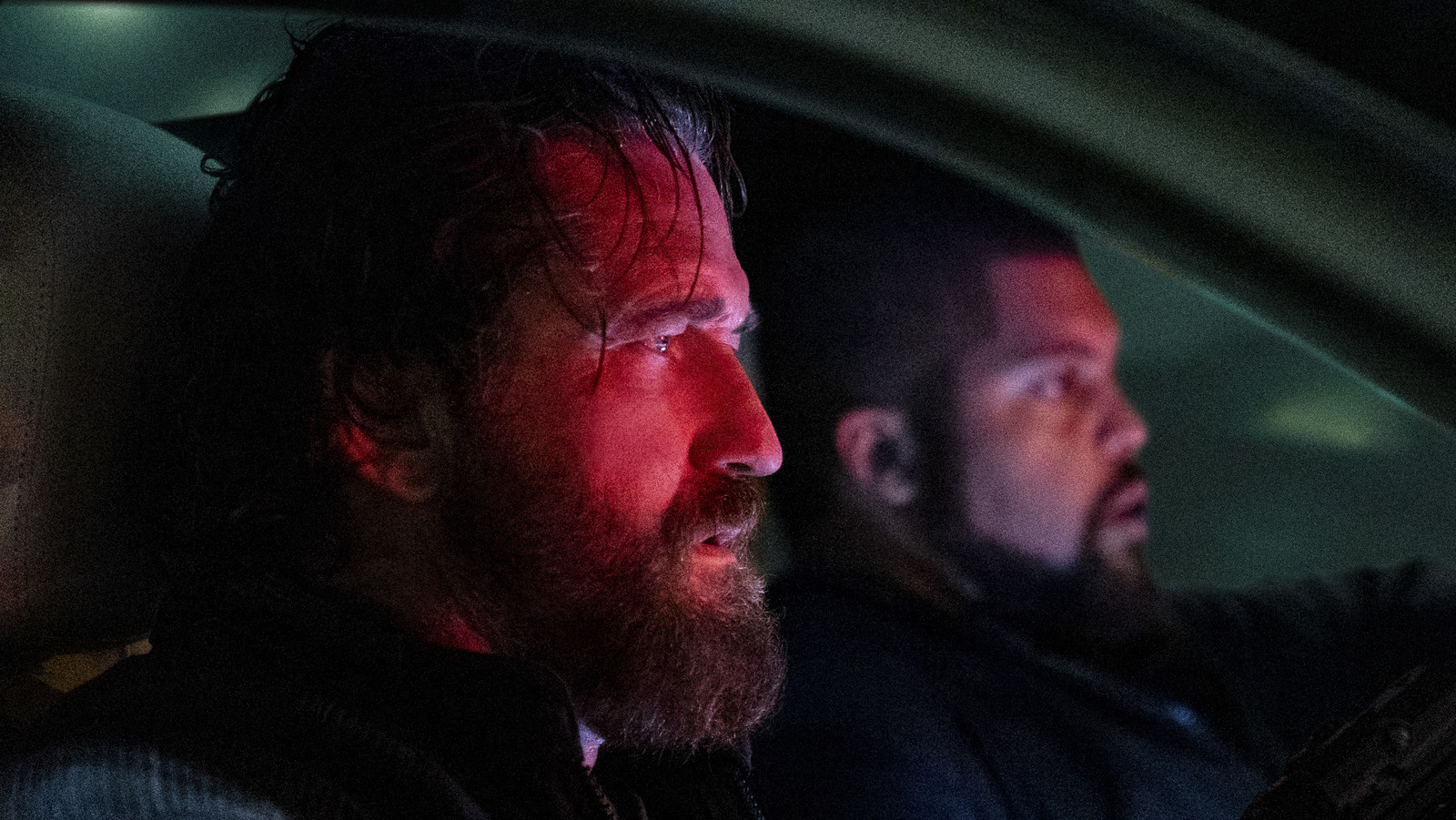
![Marvel Pits X-Men’s Storm Against One Of The Greatest Comic Book Villains Ever [Exclusive Preview]](https://synnbiob.com/wp-content/uploads/2025/01/l-intro-1736405780.jpg)

